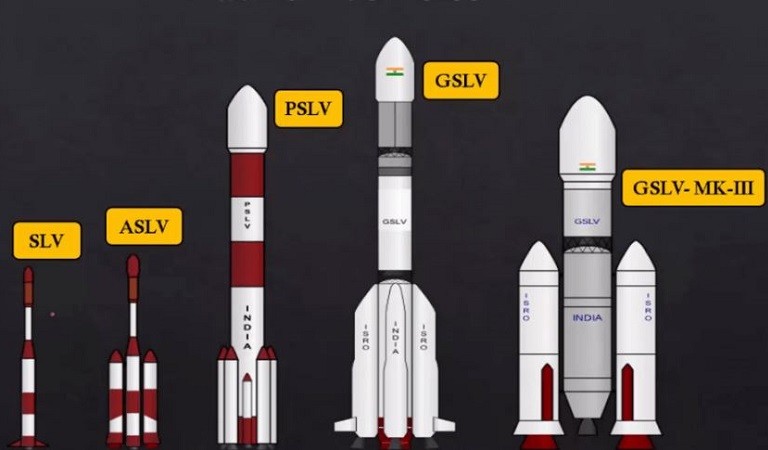
This Day in History: On this day, August 10, 1979, India achieved a significant milestone in its space exploration journey with the successful launch of the Satellite Launch Vehicle SLV-3. The launch marked a historic moment for the country, as it became one of the few nations capable of independently sending satellites into space, signifying its growing prowess in space technology.
The Satellite Launch Vehicle SLV-3 was a product of intense research, development, and collaboration within India's space agency, the Indian Space Research Organisation (ISRO). This ambitious project aimed to develop a reliable and efficient launch vehicle capable of placing small payloads into low Earth orbit. The launch vehicle was designed to pave the way for future satellite deployments, scientific experiments, and advancements in communication technology.
The SLV-3 was approximately 22 meters (72 feet) tall and weighed around 17 tons. It was a four-stage rocket, with each stage designed to work in tandem to achieve the desired orbit. The first three stages were powered by solid propellants, while the fourth stage employed a liquid propulsion system. The design and construction of SLV-3 posed numerous technical challenges, which were met with meticulous planning, rigorous testing, and innovative engineering solutions.
The launch took place from the Satish Dhawan Space Centre in Sriharikota, India. The successful liftoff of the SLV-3 marked India's entry into the league of space-faring nations, joining the ranks of countries capable of developing and launching their own satellite launch vehicles. This achievement demonstrated India's determination to explore space for peaceful purposes and promote technological self-sufficiency.
The primary payload of the SLV-3's maiden flight was the Rohini Satellite RS-1. This satellite, designed for remote sensing and scientific research, further emphasized India's commitment to utilizing space technology for societal and economic development. The launch and successful deployment of the Rohini Satellite not only showcased India's capabilities but also opened doors for future space missions, including communication satellites, weather monitoring, and navigation systems.
The successful launch of the SLV-3 had a profound impact on India's standing in the global space community. It showcased the nation's scientific and technological prowess, leading to increased international recognition and collaboration opportunities. The event also kindled a sense of pride and enthusiasm among the Indian populace, fostering a deeper interest in space exploration and scientific pursuits.
Looking forward, the success of SLV-3 laid the foundation for India's continued endeavors in space technology. It paved the way for subsequent advancements, including the development of more powerful launch vehicles like the Polar Satellite Launch Vehicle (PSLV) and the Geosynchronous Satellite Launch Vehicle (GSLV). These advancements enabled India to undertake complex missions, including interplanetary exploration and the Chandrayaan and Mangalyaan missions to the Moon and Mars, respectively.
The launch of the Satellite Launch Vehicle SLV-3 on August 10, 1979, stands as a momentous event in India's space history. It symbolized the nation's dedication to technological progress, peaceful space exploration, and international cooperation. The successful deployment of the SLV-3 marked the beginning of India's ascent in the global space arena, shaping its trajectory as a prominent player in space technology and exploration.